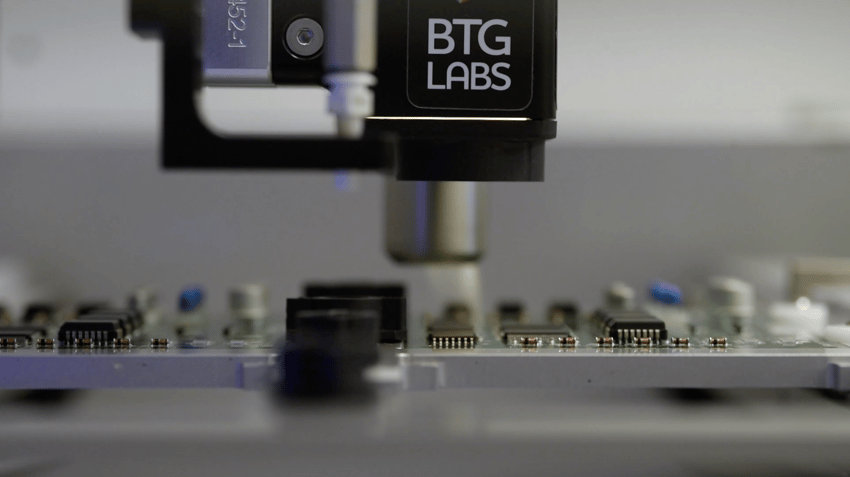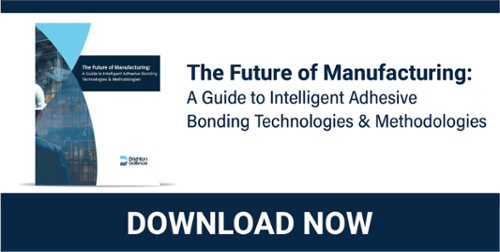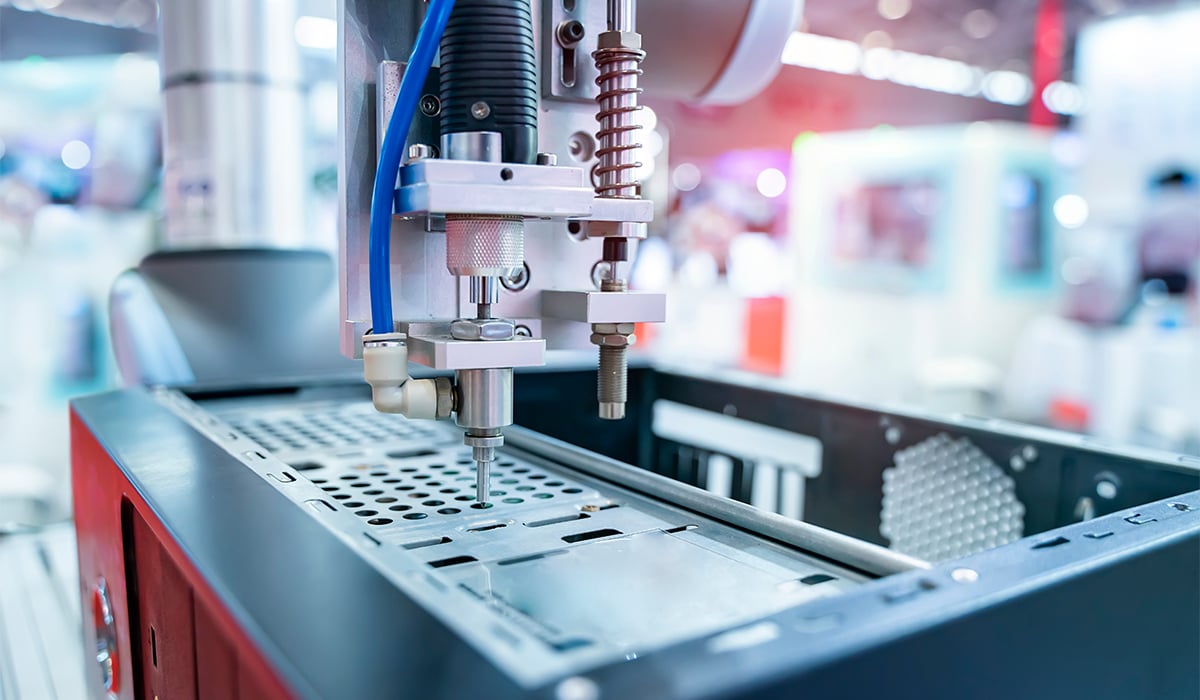At IPC APEX 2020 in San Diego, we wanted to explore the ways that electronics manufacturers, who encapsulate their circuit boards with a conformal coating, are cleaning their boards. What are the benefits to their current processes, and what are some things manufacturers could learn to make their electronic assemblies surfaces more bondable?
To dig deeper into this question, we sat down with Richard Burke from Plasmatreat. Richard has decades of experience in the electronics industry and knows the production processes thoroughly. Currently, as the Sales Manager of the North American market for Plasmatreat, Richard is helping educate manufacturers on the use and benefits of plasma treatments for high-precision cleaning to create surfaces that are ready to be coated, bonded, or sealed.
We spoke with Richard about what he sees as some of the struggles high-reliability electronics manufacturing is facing, how to confront these issues with a fuller understanding, and how to clean and monitor their surfaces for better adhesion.
Common Struggles with High-Reliability Electronics Manufacturing
Watch the video below to hear his thoughts on the subject, and beneath that is a short summary.
Validate your cleaning and adhesion operations through process control and surface quality monitoring. Download our eBook to learn how: Predictable Adhesion in Manufacturing Through Process Verification.
The electronics industry (and all industries that bond, coat, seal, paint, and clean) has struggled for years with problems relating to creating a reliable bond. The cleaning processes look different from industry to industry, material to material, and application to application, but the core principles remain constant across them all. In order to ensure a reliable bond or coating, sufficient cleaning needs to take place, and that cleaning needs to be measured so that it can be verified as the proper procedure.
For electronics assemblies, problems with conformal coatings have stemmed from a less than holistic look at cleanliness. Traditionally, manufacturers have cleaned some evident residues from the surfaces of circuit boards that will be coated and left it at that. Board failures due to insufficient encapsulation still persisted, though. Insufficient encapsulation can take many forms, such as:
- Blistering - a cracking that can happen within the coating or at the interface with the surface of the board.
- Blushing - the coating looks blotchy, milky, or cloudy due directly to contamination or uneven coating.
- Capillary Flow - this is where the coating pulls back, wicks, or runs from particular areas of the board due to an inability to successfully bond to those spaces. This leaves a patchy finish to the board.
- De-wetting - similar to capillary flow, this is when the coating “refuses” to fully coat or “wet” on a surface that it has otherwise been evenly applied to.
- Delamination - areas where the conformal coating has lifted from the surface of the board below it.
- Discoloration - a change in the color of the coating that can cause a change in how temperatures affect different parts of the board, or this can also make identification of the components below difficult.
- Fish Eyes - localized de-wetting that manifests as little craters on the surface of the coating.
- Orange Peel - the coating has an uneven and textured surface somewhat similar to fish eyes.
Each one of these is an adhesion failure that can lead to the board shorting due to corrosion, physical damage, or other issues the conformal coating is supposed to protect against. All of these versions of adhesion failure are preventable and, with a comprehensive cleaning process in place, can be eliminated.
Rethink your adhesion manufacturing processes with Surface Intelligence.
When you are only cleaning for some contaminants, you might inadvertently clean other present contaminants, but this accidental, uncontrolled cleaning is a big problem if you don't know how clean you're getting your surface. In order to fully clean a surface for optimal adhesion, all of the various contaminants need to be precisely targeted and removed. This requires a fuller appreciation of what clean can mean than what manufacturers may be accustomed to.
Adhesion is Fundamentally a Chemical Phenomenon
When a coating is applied to a surface, the chemical condition of that surface needs to be precisely controlled to be as attractive to the coating as possible. When these chemical conditions are in place, the bond between the board surface and the coating will be strong and reliable.
In order to create these conditions on a circuit board, you often need something more than a wash process. Plasma treatments create an ideal surface by making the surface highly reactive through the altering of the chemical molecules in such a way that makes them most attractive to the coating. This chemical compatibility is the new way electronics manufacturers need to think about cleanliness. When asking the question, “How clean is truly clean?” the answer needs to be informed by an understanding of the necessity of a chemically clean surface.
Additionally, when cleaning with chemical cleanliness in mind, the validation tests need to not only verify the traditional cleaning methods but also inspect with a sensitivity to the chemical condition of the surface.
Optimize the power of next-gen connectivity with data & surface intelligence.
When the proper cleaning and validation process is in place, then your adhesion process will be protected from failures that begin with uncontrolled surfaces.
For more information on how to make sure your cleaning and adhesion process is properly designed to build the best products possible, download our eBook on taking control through process monitoring and optimization: Predictable Adhesion in Manufacturing Through Process Verification.





